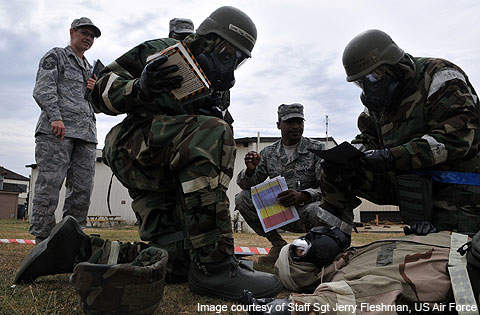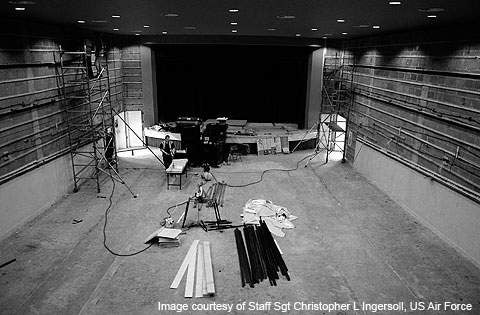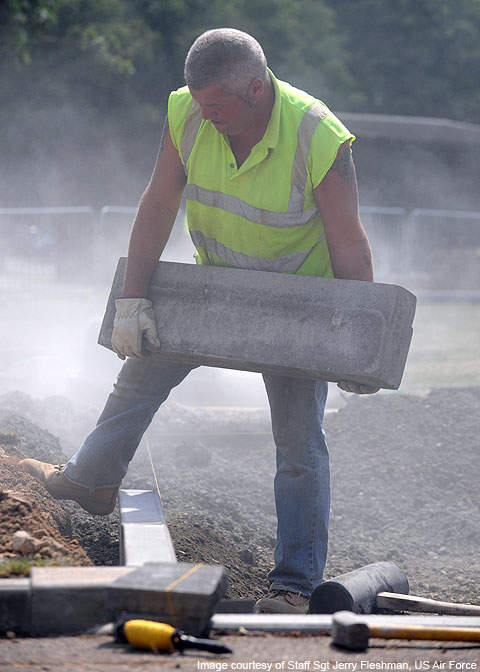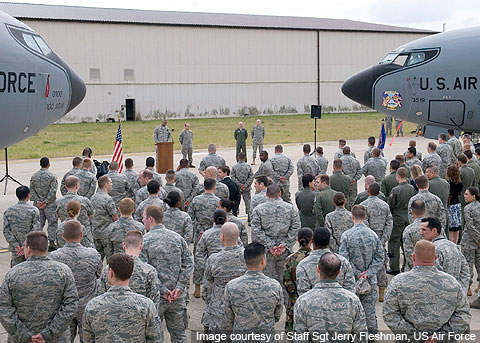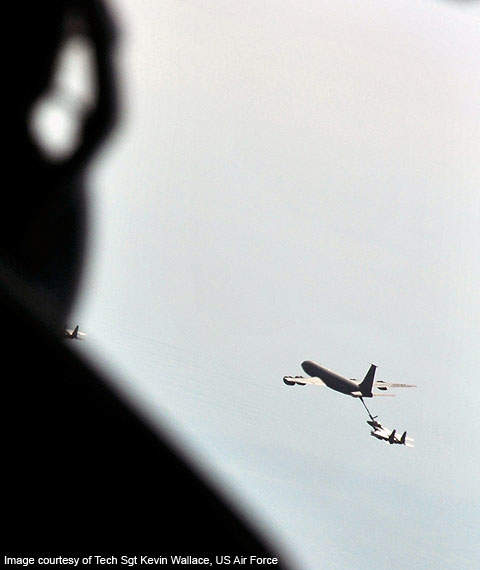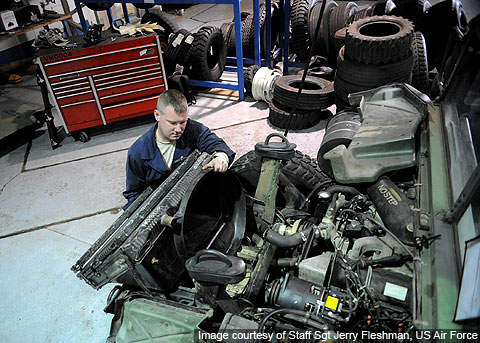Royal Air Force Mildenhall, opened in October 1934, is located near Mildenhall in Suffolk, England. It is one of the largest US Air Force (USAF) bases in the UK. Although located in the UK, the base principally endorses USAF missions. It is a hub for Vickers Wellington, Short Stirling and Avro Lancaster fighter aircraft.
RAF Mildenhall history
RAF Mildenhall is principally used for air refuelling combat power and critical combat support. The base was initiated in late 1920 to counter the continental threat from Germany. The land was purchased in 1929. Construction of the first building began in October 1930 and was completed in 1931.
The base was inaugurated on 16 October 1934. An England to Australia air race was conducted on 20 October 1934 to attract the various squadrons. Sir MacPherson Robertson sponsored £15,000 for the air race.
The 99th Squadron is the first group to occupy the base. The 149 squadron was set-up later.
During World War II, the Wellington bombers of 149 Squadron attacked German battleships at Wilhelmshaven. 12 Wellington bombers were demolished by Germany during the attack in December 1939.
In an effort to avoid the loss of Wellington bombers, the British introduced night bombing by 149 Squadron in January 1940. The first bomb was dropped successfully on Berlin in August 1940.
The Battle of Britain was terminated on 15 September 1940 and the first attack on the base took place on 27 October 1940.
The Wellington bombers were replaced with Stirling bombers on 2 November 1941 and the latter began operating from the base on 26 November 1941. Lancaster bombers operating from RAF Mildenhall and its satellite airfields fired 23,000t of explosives and placed 2,000 mines in the enemy’s battlefield. The base lost about 200 Wellington, Stirling, and Lancaster aircraft during the war.
Used as RAF Bomber Command until 1945, Mildenhall was placed on standby after World War II. It was re-inaugurated jointly by the RAF and the USAF in July 1950.
RAF Mildenhall was designated a B-50 Superfortress base in 1952. It was later redesignated a B-47 Stratojet and KC-97 Stratotanker base in 1953.
Garrison facilities
The base houses four major commands: Air Combat Command, Air Force Special Operations Command, Air Mobility Command and United States Air Forces in Europe.
The Air Combat Command comprises the 99th air base wing. The Air Force Special Operations Command features the 352nd special operations group. The USAF in Europe Command has the 3rd air force unit. Other units located in the base include the 100th air refuelling wing, 501st combat support wing, 95th reconnaissance squadron, 488th intelligence squadron, 727th air mobility squadron, fleet industrial supply centre sigonella and 149th squadron.
Mildenhall air facilities
RAF Mildenhall base has a single runway, 2,811m long. The runway is surfaced with concrete and asphalt material. The base can accommodate up to 356 aircraft including Wellington, Short Stirling and Lancaster bombers.
The original Number 1 and 5 hangars are currently used by the USAF. GDG Services replaces hydrant refuelling control valves at the base.
Control tower
The first control tower was built between hangars 2 and 3 in a small bungalow. It was destroyed in July 2004 to make way for construction of a new control tower, which is 110ft long. It is an advanced nine-storey building offering efficient air traffic control services to its flightline.
Other facilities
Personnel at the base are offered dining, housing, temporary lodging, medical care, a cinema and recreation facilities. It also provides health and wellness centre, sporting fields, a golf course, food courts, a school and child care facilities.

